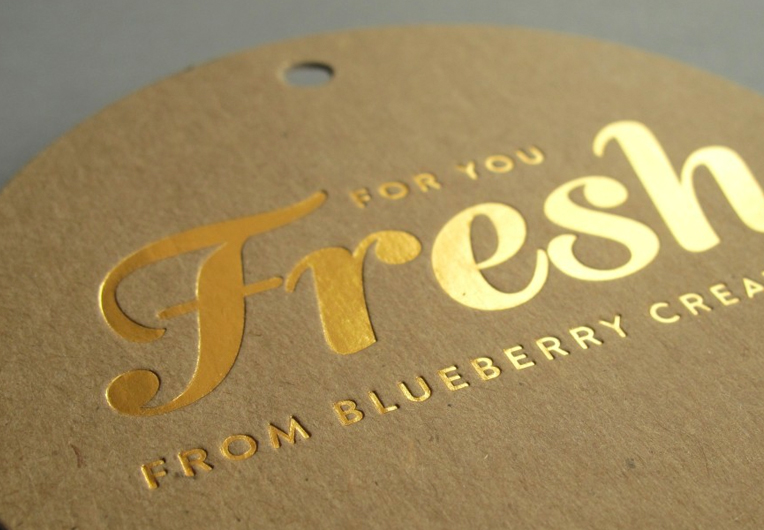All about foil stamping and its types

Foil stamping is also termed foil printing or hot foil stamping. Foil printing is a procedure where the foil is applied to other materials to obtain a desired aesthetic finish. Similar to the embossing procedure, foil stamping uses both pressure and heat to create exclusive printed designs.
In general, the foil rolls are available in glossy and matte finishes. Though the foils are usually in metallic colours like gold or silver, they can be in any colour.
Process in Printing and Packaging
Common foil printing is a process termed foil stamping, which is similar to engraving or letterpress, where heat and pressure are applied to apply colour. Once the design is finalized, plates are specially designed for each foil colour in the specific shape needed. The dies are then heated, and pressure is applied to seal the packaging material or foil paper and then pressed multiple times to separately use each colour. If you wish to get an embossed or raised effect, then another die may be utilized to create that specific look to complete the packaging.
Common Types of Foil Used in Foil Stamping
Multiple types of foil can be used to provide different optical illusions or effects to the foil or packaging. Below mentioned are some common types of foil stamping:
Metallic Foil
When it comes to foil stamping, this is one of the most popular and commonly used types. Metallic foil is also termed metalized foil, which makes the text area look shiny in a metal-style. It looks great while adding a touch of classic and luxury, especially a silver or gold foil finish.
Pigment Foil
Pigment foil is another type of foil stamping, but it does not have a metallic look. They come in a wide array of colours with a glossy or matte finish. These can undoubtedly give an eye-catching look and also add a touch of softness and luxury.
Holographic Foil
Holographic foil printing creates a type of rainbow effect in 3D. This type of foil printing is usually seen in trading cards, or baseball cards, or even other promotional materials.
Pearl foil, Scratch off foil, Effects foil are less commonly used foil printing types.
- White copperplate paperboard
- Grey-bottom copperplate paperboard
- Blue & white, single-sided copperplate paperboard
White copperplate paper
If you need high-quality cartons, this white copperplate paper works fine for producing superior quality paper boxes. Here the surface turns more white, glossy, and smooth.
Blue and white double-sided copperplate paper
It has two varieties - Sika paper and Copper Sika. Sika paper is an uncoated one used for certificates, invitations, business cards, postcards, etc. Copper Sika coated one used for book covers, goods tags, also rich wedding invitations, postcards, make-ups, etc.
Grey-bottom copperplate paper
Bleached chemical pulp whitens the surface layer more. Unbleached Kraft pulp and groundwood pulp is useful for the core layer and the bottom layer. The groundwood pulp is for the layer where whiteness is not required much. Unbleached Kraft pulp provides great packaging experience with its powerful, stretchability, and resistant features. It is also useful for making rigid protective covers for books.
Further, the three-layered thin and rigid white card is useful for expensive packaging boxes, cups, cigarette cases, and more.
